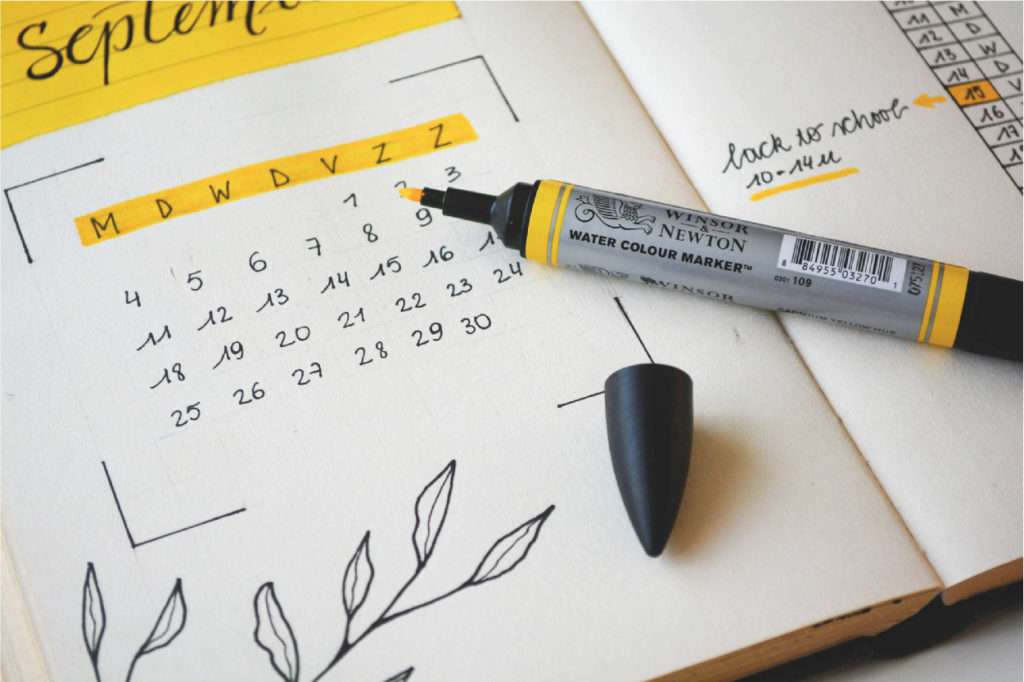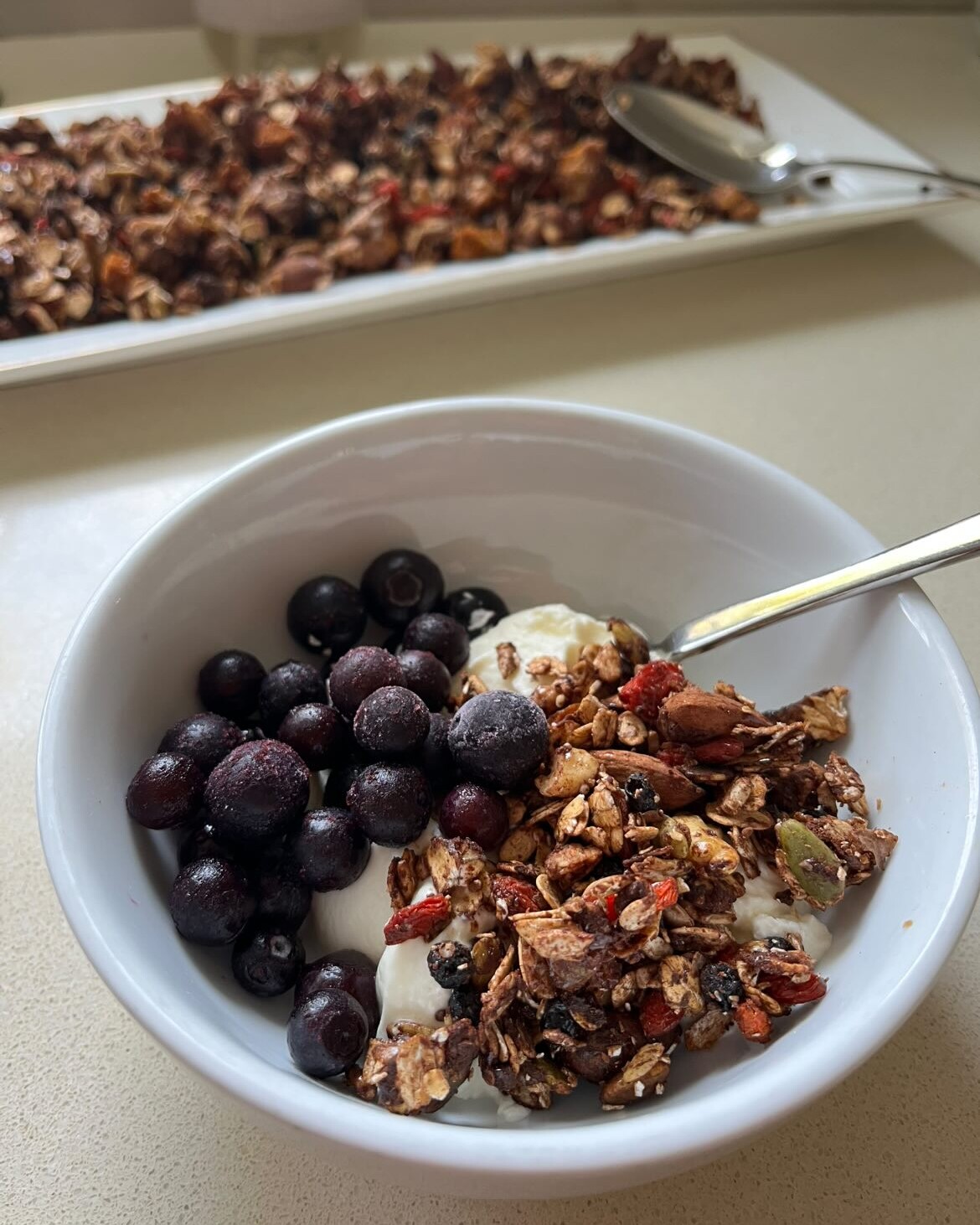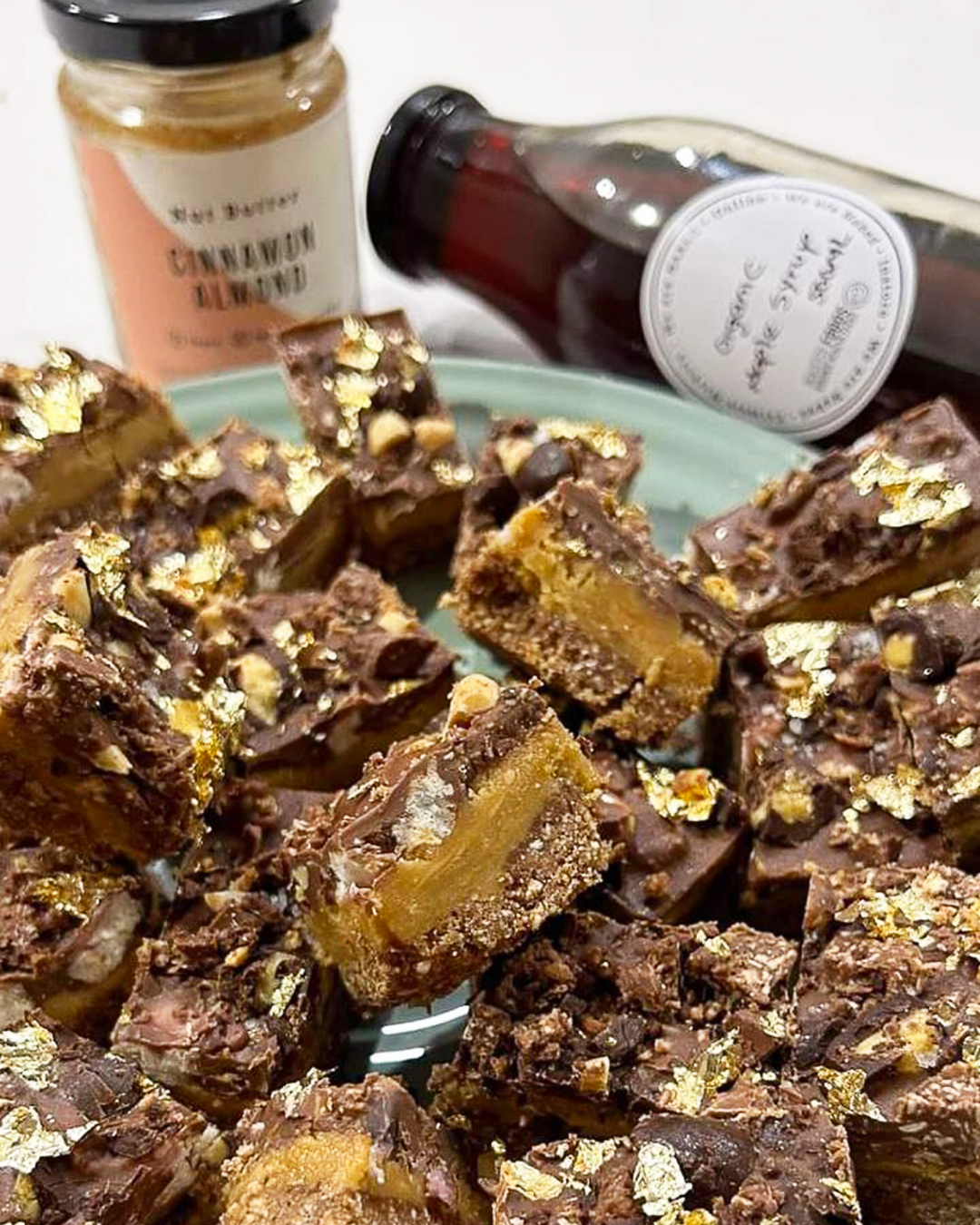There is no denying it; we all waste food in some capacity.
According to Oz Harvest, Australians waste 7.3 Million tonnes of food each year. That’s enough to fill 13000 Olympic sized swimming pools. It is responsible for 8% of greenhouse gases heating the planet due to food sitting in landfills producing methane which is 28 times stronger than carbon dioxide. It also costs the Australian economy
$20 billion each year.
The Australian Federal Government has committed to reducing food waste by half by 2030 by creating the Australian Food Pact. This pact brings together various organisations, supermarkets and hospitality venues to collaborate and make our food system better and more sustainable. As this is a larger scale Australian goal, we can always do our bit at home to help out, but how?
Here are some ways we can help the planet by reducing our food waste.

Plan & Shop Smart
According to Clean Up Australia, about 45% of Australians admit to overbuying at the supermarket, so planning your shopping trip is the best way to reduce food waste.
Planning your shopping trip is one of the best ways you can help save on food waste. According to the NSW governments website Love Food Hate Waste, checking your pantry and fridge before your shopping trip will allow you to know exactly what ingredients to buy to avoid double-ups.
To avoid your produce going to waste, buy your perishable and fresh food every few days if you can. Shopping local and buying in bulk food stores like Naked Foods allows you to buy exactly what you need to avoid excess waste.

Understand Expiration Dates
All food sources have some expiration date. Understanding what the label says on your food may help in keeping your food for longer. Both fresh and packaged food will have one of two labels; ‘Use-By’and a ‘Best-Before’.
Best Before: usually means it is a quality date rather than the safety of the food. It gives you an idea as to when the best time to consume the food. It is not unsafe to eat after the best before date; it just might mean the quality, flavour or texture may not be the best.
Use By: This date is the date to keep an eye on. The Use-By date tells us when you must eat food for health and safety reasons. You would generally see this date on perishable foods such as meat, dairy products and ready-made meals as they have a high risk of illness if consumed after the date.

Storing Food Better
Correctly storing your food can add days, weeks and months to the life of your food. Using long-life plastics and glass jars instead of single-use plastics will help keep food longer. Keeping foods like flour and grains in an air-tight container to avoid moisture and
pests getting into your food.
Some fruits and vegetables should not be stored in the fridge as this may increase their Use-by date and may affect their texture and taste. Produce like tomatoes, bananas, stone fruits like mangoes and avocados should not be stored in a fridge but are best kept on your kitchen bench.
Freezing food is another way of keeping food that you may throw away. Fruits and vegetables, herbs, meats, and bread can all be put into the freezer and eaten later. Be mindful to eat meat 24 hours after defrosting.

Embrace Leftovers & Recycling Food
Leftovers can be a great way to save money, reduce food waste and resist the urge of getting takeaway and dedicating one night a week to your leftovers. Having a dedicated night like #fridgeraidfridays is a great way to get creative with what is left over in your fridge like turning your leftover vegetables into a delicious stir fry.
When dining out, if you cannot finish your food, ask for a takeaway container to enjoy later. Make sure to store your leftovers in an air-tight container, and if you are not going to eat in 1-2 days, store them in the freezer and when you are ready to eat, make sure
to warm the food till it is piping hot.
Setting up compost is a great way to recycle your leftover foods and will also benefit your garden. For inspiration on how to start composting, check out our article on creating your Bokashi Bins at home.
Bibliography
1. Oz Harvest (n.d). Food Waste Facts. OzHarvest. Accessed
<https://www.ozharvest.org/sustainability/food-waste-facts/?gclid=CjwKCAjwmv-DBhAMEiwA7xYrd20S3HIBpJUkdew
j7C8dc4tLbpi0NiU-TqR6JuT7HyZjrsdrl0m_SxoCgrMQAvD_BwE>
2. Stop Food Waste (n.d). Australian Food pact. Accessed
<https://www.stopfoodwaste.com.au/australian-food-pact/>
3. Clean Up (n.d). Minimising Food Waste. Clean Up Australia. Accessed <https://www.cleanup.org.au/foodwasteblog gclid=CjwKCAjwmv-DBhAMEiwA7xYrd0MsDPLSRZfwye7u3lv33L
UhHpdcbmOKFrjEQRgaVIq28Mw2m0_YWBoCRa8QAvD_BwE>
4. Love Food Hate Waste (n.d). Six steps to reduce food waste at home. NSWGovernment. Accessed
<https://www.lovefoodhatewaste.nsw.gov.au/at-home/six-steps-reducing-food-waste-at-home>
5. FSAZ (2015). Use by and best before dates. Food Standards Australia and New Zealand. Accessed
<https://www.foodstandards.gov.au/consumer/labelling/dates/Pages/default.aspx#:~:text=Foods%20should%20not%20be%20eaten,may%20have%20lost%20some%20quality.>
6. CSIRO (2021). Handling food in the home. Accessed
<https://www.csiro.au/en/research/health-medical/nutrition/food-handling>
7. Salleh, A (2019). Food Storage: How to keep your fruit and vegetables fresh and cut down on waste. ABC News. Accessed
<https://www.abc.net.au/news/science/2019-05-18/food-storange-how-to-store-fresh-fruit-and-vegetables/11118904>
8. Love Food Hate Waste NSW (n.d). #fridgefridays. Facebook. Accessed<https://www.facebook.com/hashtag/fridgeraidfridays>
About the Author:
Latasha Trenaman is a Sydney based writer who is passionate about healthy eating. Latasha’s partner was diagnosed with diabetes in 2018. She has made it her life mission to share her and her partners’ experiences living with diabetes by promoting healthy food, especially sugar-free options. She believes in the power of writing and how it can inspire others in their journey to becoming more healthy. When she is not writing, she is walking her dog or baking sugar-free treats.










